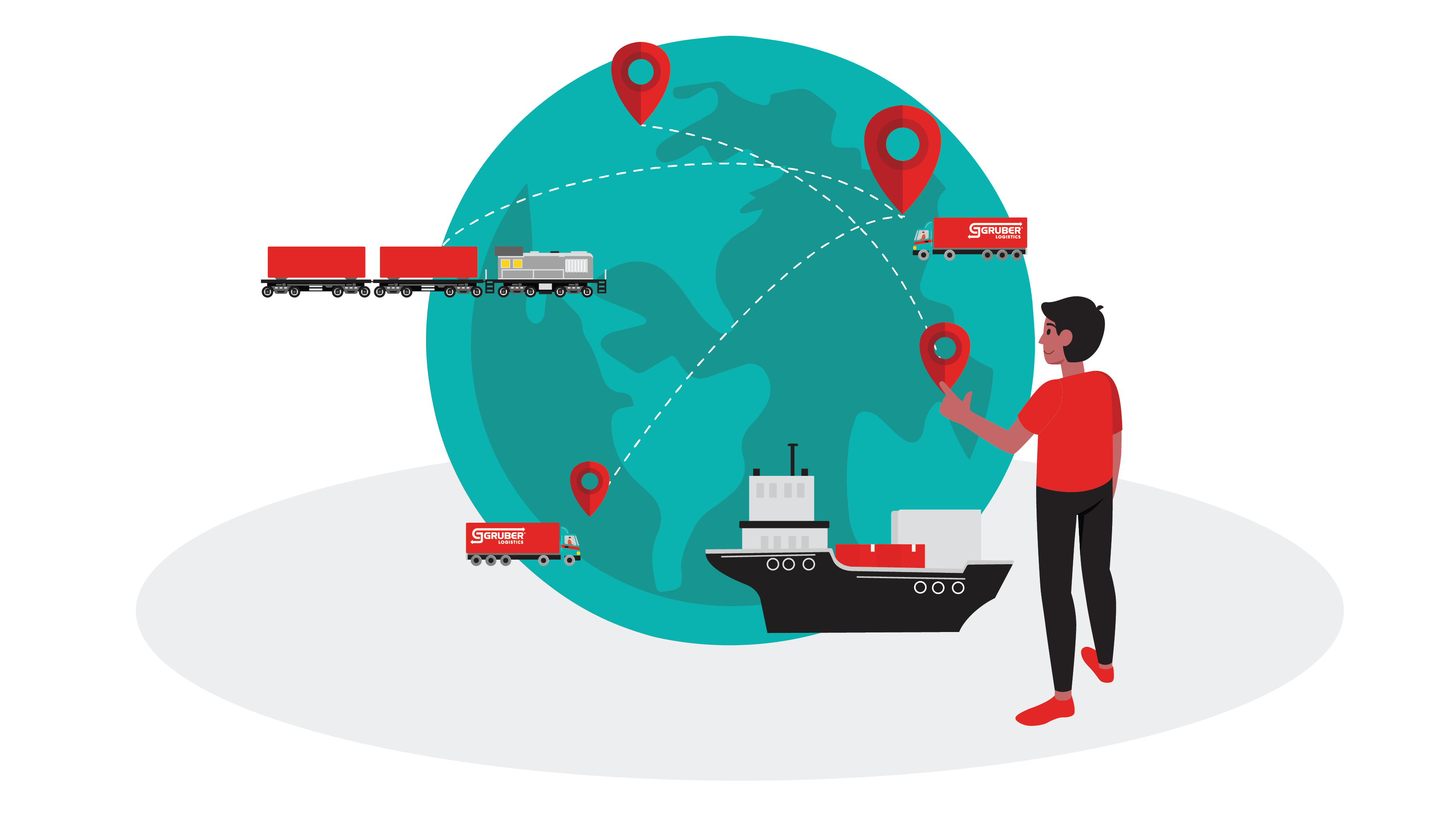MULTIMODALITY, INTERMODALITY AND COMBINED TRANSPORT
To attempt to describe and outline the market and sub-markets related to the rather generic and broad terms such as “multimodality,” “intermodality,” “combined transport,” etc., and to identify who are effectively the main players in these markets, let’s begin by examining some official definitions from UN/ECE as a source.
“Multimodal transport” simply refers to the transportation of goods using two or more “modes” of transport.
“Intermodal transport” involves the movement of goods using a single “loading unit” (or road vehicle) that utilizes two or more modes of transport without handling the goods themselves during modal transitions (without the so-called “break of bulk”). By extension, the term “intermodality” is used to describe a transportation system where two or more modes of transport are used to transport the same loading unit (or truck) in an integrated manner, without loading and unloading, throughout the door-to-door transport chain.
“Combined transport” is a subset of intermodal transport, specifically when the majority of the journey is conducted by rail, sea, or inland waterways. The initial and final connections made by road must be as short as possible in this case.
All these definitions, as seen, refer to the concept of “modes” of transport. A mode of transport is a differentiation based on the “way” of transport used (sea, road, rail, air, etc.). We have maritime mode, road mode or road transport, rail mode, air mode, etc.
In essence, multimodality and intermodality are very broad terms, and the former includes the latter, which should be used to clearly indicate that the goods within the loading unit are not handled.
Nevertheless, the use of the generic term “multimodal” has become widespread in place of the specific term “intermodal.” Finally, it should be added that the term “multimodal” and its variations seem to be predominantly used in political and academic contexts compared to purely operational ones, where adjectives like “combined” or “intermodal” are more commonly used.
In reference to “loading units,” intermodality involves the use of so-called ITUs (Intermodal Transport Units). Specifically, for the maritime, road, and rail modes, the prevalent ITUs used for freight transport come in three types:
- ISO container
- Trailer or semi-trailer (with or without a tractor, depending on whether the transport is “accompanied” or “unaccompanied” by the driver – in the former case, the entire truck is loaded)
- Swap bodies
Containers originate from maritime transport, while trailers and swap bodies have a land-based origin. This generally leads to distinguishing combined transport markets as “maritime combined” (when referring to containers) and “land-based combined” (when referring to trailers and swap bodies). Of course, this doesn’t mean that these units don’t cover extensive stretches of the journey by land or sea, but the origin of the ITU is what differentiates these markets in this way.
In conclusion, given all the aforementioned premises, it’s evident that the broadly defined market of intermodality is extremely diverse and differentiated, and each differentiation has its own specificities.
At Gruber Logistics, we firmly believe in multimodal transportation. Intermodal rail transport now accounts for 32 % of the full loads taken over by the Company. In addition to the benefits the mode allows for shipments, such as the ability to load up to a weight of 44 tons instead of 40, the benefits for the environment are also considerable: CO2 emissions are estimated to decrease by up to 70%.





